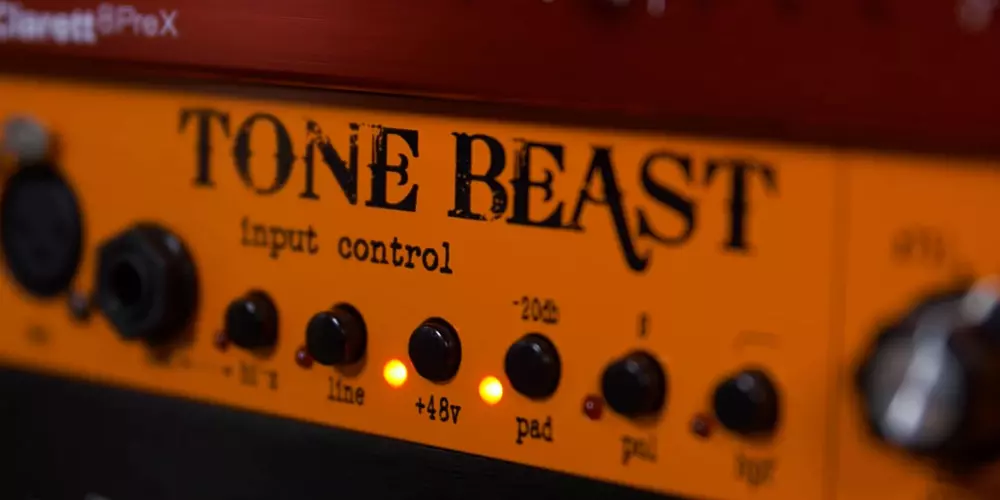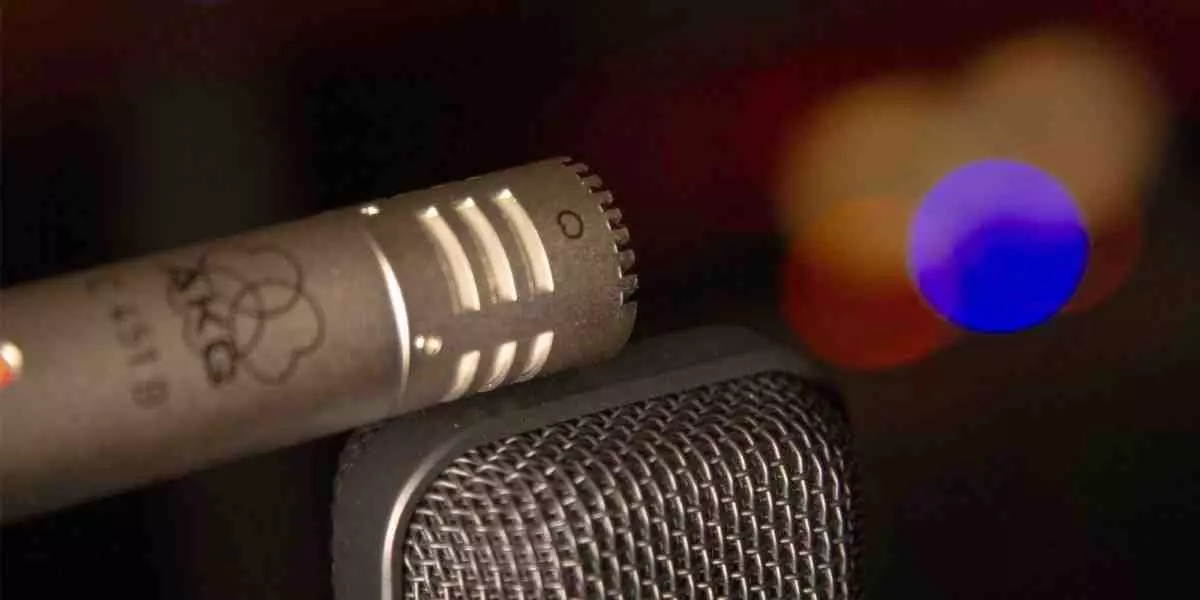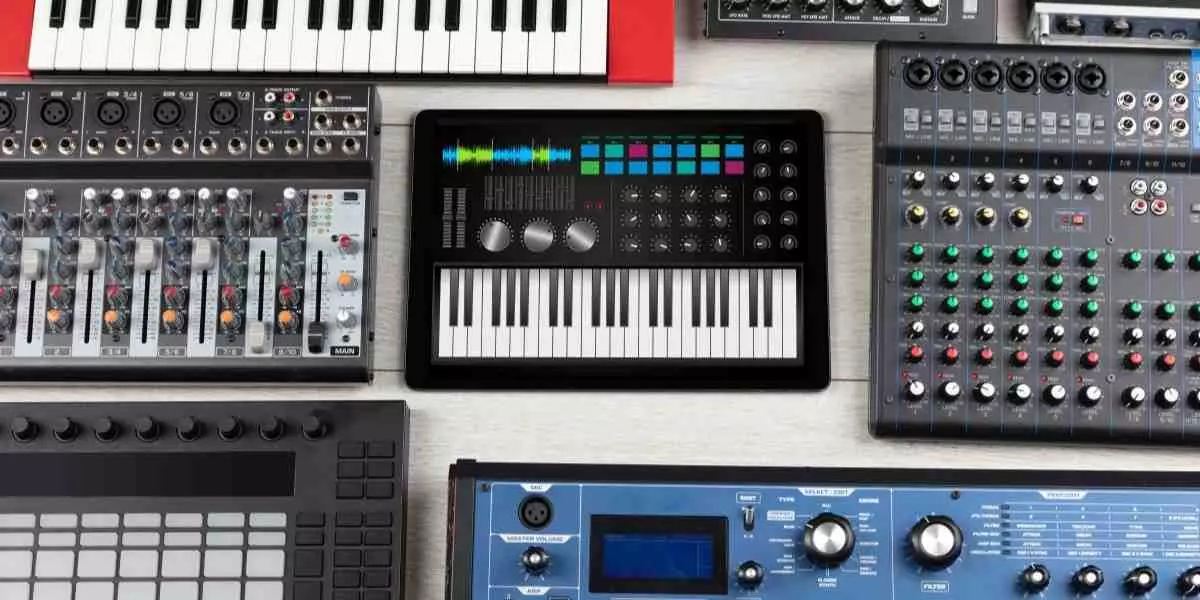Review: Warm Audio Tone Beast

"Open slowly,” it says on the packing. “Don't startle the beast. This unit bites back."
So carefully … I peel away the packaging … revealing a Warm Audio TB12 tone shaping microphone preamp, aka the "Tone Beast".
Before we get to the sound, let’s start with the unit’s housing. First impression: I love it! Heavy, solidly built rack-mount chassis, and intensely orange! I find these details significant because it’s an indication of the manufacturer's philosophy and taste.
Another good sign: XLR and 1/4'' jack options both in front and back. A great convenience when you want to plug in different microphones.
Tone Controls
One major component that makes this unit stand out is the Discrete Amp select knob. You get two options: x731 and x18.
The x731 op-amp is a simulation of a Melcor 1731, a very colorful, aggressive, raw, low-mid-range heavy amp. If you are looking for "vintage" sound, or the old API-ish sound, give this option a try,
In contrast, the x18 amp is modeled on a Dean Jensen 918 amp, and provides a high fidelity clean/open sound. It has significantly less low-mid compared to the x731, a brilliant open high end, and well-balanced frequency response.
Compared to the “churchy” (warm) x731 beast-o-nality, I prefer the x18, but it’s a matter of personal choice – both sound great.

Next up, the middle 3-switch group. In this section, the changes made to tonality are extremely subtle. The +6dB switch boosts the signal, the -8dB switch bypasses the output transformer and attenuates the signal, and the Capacitor switch, to my ears, doesn’t make much difference either way – not to say it’s an ornament, but after 45 minutes of testing every which way, isolating what the switch might be turned out to be mission impossible).
Output Transformer
The last knob knob in the Tone Control section is the Output Transformer. This knob offers two kinds of transformer - 100% Steel and 50% Nickel. (NOTE: To use this feature, make sure you switch the -8dB Bypass to OFF, and don't panic if you don’t hear a difference when it’s on because there isn’t any!).
The Output Transformer plays a parallel role to the Discrete Amp selector, but at the output stage.
The Steel transformer has an effect on the sound akin to the x731 input stage op-amp, but less pronounced, adding color and boosting mid-range frequencies.
The Nickel option, like the x18, is at the clean/open end of the spectrum, and slightly raises the highs and lows, in a very musical way.
Overall, the input and output Tone Control stages provide 4 options, which believe or not, can make a huge difference tracking different sounds in the recording studio.

Last but not least, the final output stage consists of two wonderfully beastly knobs, Gain and Saturation, with finely adjustable steps making it easy to fine-tune and recall settings.
For those familiar with Gain & Output preamps (e.g. Universal Audio 610), the TB12 handle the job perfectly.
My personal suggestion for a clean, versatile sound is to start out by setting the Gain to 35%, Output to 65%, and selecting the x18 input and Nickel output transformer settings.
In conclusion, the TB12 has been masterfully designed. It’s reminiscent of Universal Audio’s 710 Twin-Finity, but while the 710 offers a blend of tube warmth and solid-state bite, the TB12 is more of playground for the adventurous.






